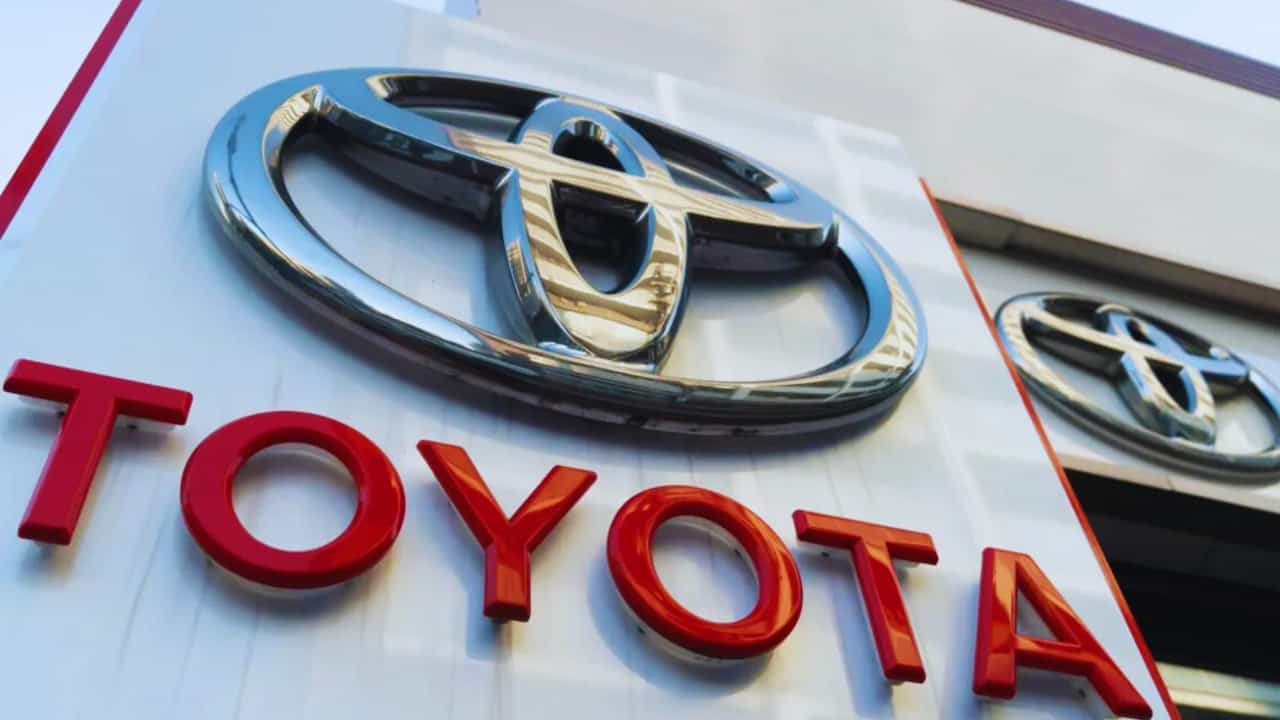Toyota Declares California’s Electric Vehicle Goals “Impossible” as States Struggle to Meet Targets
In a dramatic development that’s shaking up the automotive industry, Toyota Motor has taken a bold stance against California’s ambitious electric vehicle (EV) mandates.
During a virtual media roundtable on Friday, the company declared these upcoming requirements “impossible” to achieve, raising serious questions about the future of EV adoption across America.
Toyota Motor North America’s chief operating officer, Jack Hollis, addressed the situation bluntly. “At this point, it looks impossible,” he stated firmly, highlighting the gap between regulatory ambitions and market reality.
The core of the issue lies in California’s “Advanced Clean Cars II” regulations, which demand that 35% of 2026 model-year vehicles be zero-emission vehicles (ZEVs).
The numbers tell a striking story. According to J.D. Power’s latest data, the national picture is far from California’s goals. Even in the most EV-friendly states, adoption rates fall short:
- California leads with 27% of retail sales.
- Colorado follows at 22%.
- Washington State reaches 20%
- New York lags at 12%
- Rhode Island manages just 9%.
- New Mexico trails at 5%.
The national average sits at a modest 9% through October 2024, highlighting the enormous gap between current adoption rates and California’s ambitious targets.
Hollis warns of “unnatural acts” in the industry, where car makers are forced to flood certain states with electric vehicles, regardless of actual consumer demand. “It’s going to distort the industry,” he explains, pointing out how this approach goes against natural market forces.
The mandate’s reach extends beyond California’s borders. Twelve states and Washington, D.C., have adopted similar rules, though about half won’t implement them until the 2027 model year. The end goal? California wants all new vehicle sales to be zero-emission models by 2035.
Toyota isn’t just complaining—they’re advocating for change. The company supports a unified approach, pushing for a “50-state rule” that would create consistent standards nationwide. “We would always want a 50-state rule, because that way we can treat all customers and all dealers equally and fairly,” Hollis emphasized.
The political landscape adds another layer of complexity. With President-elect Donald Trump returning to office, many expect a renewed push to challenge states’ abilities to set their own emissions standards. This mirrors previous legal battles during Trump’s first term.
Industry experts agree that the EV mandate issue needs addressing, regardless of political leadership. Toyota hopes for a collaborative solution between states, the federal government, and the auto industry rather than another legal showdown.
As we look ahead, the gap between regulatory ambition and market reality poses serious questions. Can states bridge this enormous adoption gap? Will regulations adapt to market realities, or will manufacturers face impossible targets? The answers to these questions will shape not just the automotive industry but America’s entire approach to reducing vehicle emissions.
Toyota’s stance highlights a crucial debate: how to balance environmental goals with market realities. As the deadlines for these mandates approach, California and other states are under intense scrutiny to determine their strategies for addressing these challenges.
